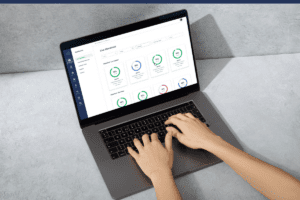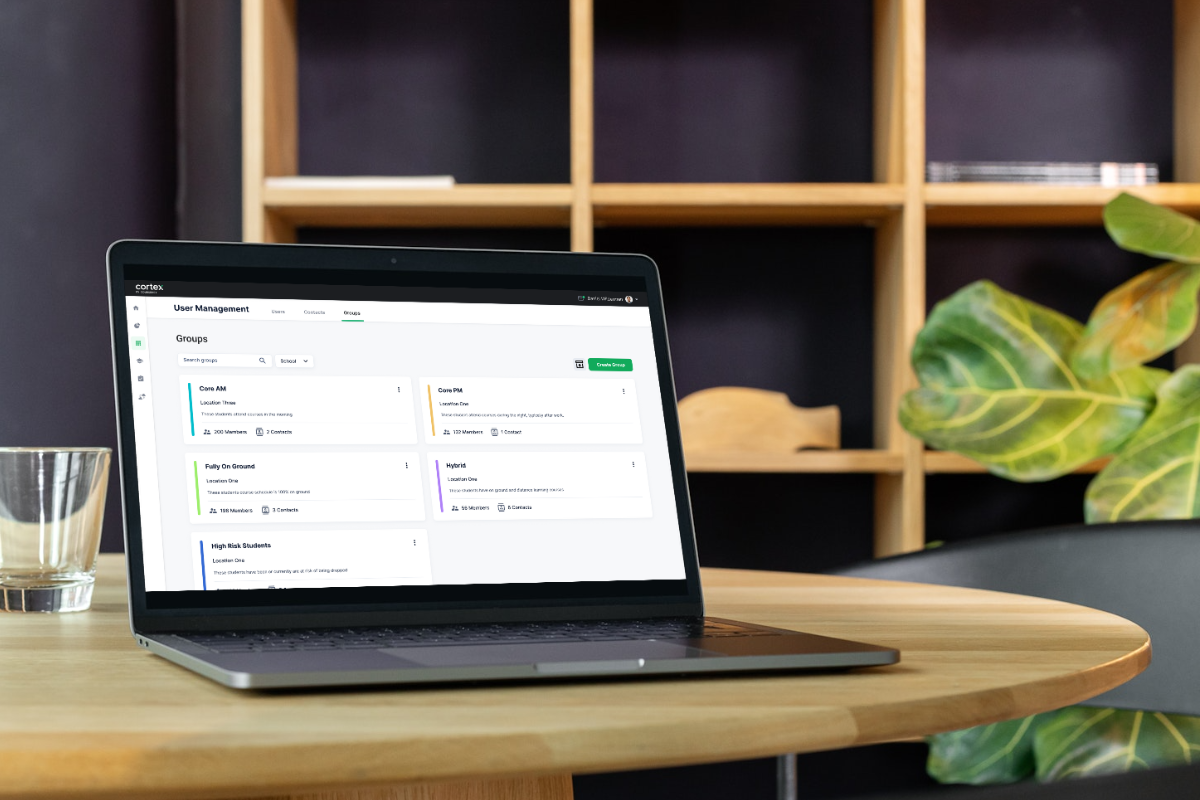[Guide] Leveraging Data Segmentation To Improve Student Outcomes
Do you ever see advertisements that are so relevant to you that it’s almost scary?
Digital advertising engines are constantly collecting data based on the websites we visit, the purchase we make, and more. But what makes the advertising extra creepy is how they use data segmentation to serve you the most custom, hyper-relevant ads.
Data segmentation is the process of dividing and organizing your data into groups based on different factors. Segmenting data allows you to dive deeper and spot trends that you may otherwise not have uncovered.
While the advertisements might be creepy, data segmentation doesn’t have to be. Data segmentation can power better decision-making and student intervention at trade and vocational schools.
Read on to learn more about data segmentation, how it benefits vocational schools, and how to segment data at your organization.
Benefits of data segmentation for vocational schools
Spot trends
Identifying both positive and negative trends is the most significant benefit of data segmentation for vocational schools.
For example, consider when students typically drop out of a program. Perhaps it’s a straight line, with an equal number of students leaving throughout. But by segmenting your data, you may find interesting trends like:
- Fresh out of high school students consistently leave early in the program.
- Students who live farther away from campus consistently leave mid-program.
By diving deeper into these trends, you can apply learning from positive trends to other areas of your organization and put guardrails in place to mitigate negative trends.
Customize intervention
Your students are unique and benefit from unique interventions. Intervention automation has many benefits, but generic interventions won’t have as great of an impact as highly-customized interventions.
By grouping students based on different factors, you can add a deeper level of customization to your intervention automation.
Different types of data segmentation for vocational schools
Day classes versus night classes
Students in night classes may have a job or other responsibilities that keep them busy during the day. After a long day, it may be more challenging for them to get to class in the evening. They might require more external support and encouragement in order to achieve their educational goals.
Traditional versus nontraditional student
A student joining your program right out of high school may want a higher-touch experience with regular encouragement and intervention.
Additionally, there may be trends in retention depending on whether a student is traditional or nontradtional. For example, by looking at just nontraditional students, you may uncover that those who drop out do so at a consistent point in time that differs from traditional students.
Full-time job versus full-time student
If a student is coming to your program straight from work, it may increase the liklihood that they’re late to class. Missing a few minutes here and there may not seem like much to them, but it can add up fast. Students with full time jobs may require additional support and intervention compared to students whose main responsibility is completing their program.
Distance from campus
Let’s be honest, we’re all human, and sometimes we don’t want to get up and drive to work in the morning, particularly if it’s a long drive. You may find that students who live farther from campus and have to drive or take public transportation are at higher risk of not completing their program than students who live right down the street.
Entrance exam score
Students who score below a certain threshold on entrance exams may need extra support or face additional barriers than students who score high on examinations. Identifying trends in student success based on exam scores can help you identify whether or not you need additional support systems in place.
Reentries
If a student left your program for one reason or another, segmenting them into a group can help you uncover trends for reentries. For example, are they consistently dropping soon after reentry? Or are they more likely to persist in their educational journey than other students?
Attribution channel
You can access early attribution data through your CRM to identify which leads are most likely to become students, but what’s next?
By grouping students based on attribution channel, you can identify long-term trends to improve your marketing strategy and spend. For example, you may find that students who find your school on social media have better outcomes than students who find your school another way.
Student success coach
Student success coaches are some of your school’s greatest assets, and great coaches should be identified and celebrated accordingly. By breaking down students by who their success coach is, you can identify coaches who have consistently high outcomes. You can also take learnings and best practices from these coaches and apply them throughout your program.
Ultimately, the possibilities for data segmentation are endless, depending on your organization’s goals. Unfortunately, data segmentation can prove challenging if you don’t have the right systems in place.
How to segment your student data with CourseKey to improve outcomes
CourseKey makes it simple to segment your data with our user grouping feature. Simply set up a custom user group, add the students to the group, and see group visualizations with the touch of a button.
While your staff is leveraging visualizations, our software scans all the different risk, success, and user group factors to automate intervention. For example, if you had a traditional and non-traditional student who were both absent for three days, you could send them different language, encouraging them both to get back on track.
Ready to see your data in a whole new way? Request a demo to speak with a member of our team.
Recent Articles

















